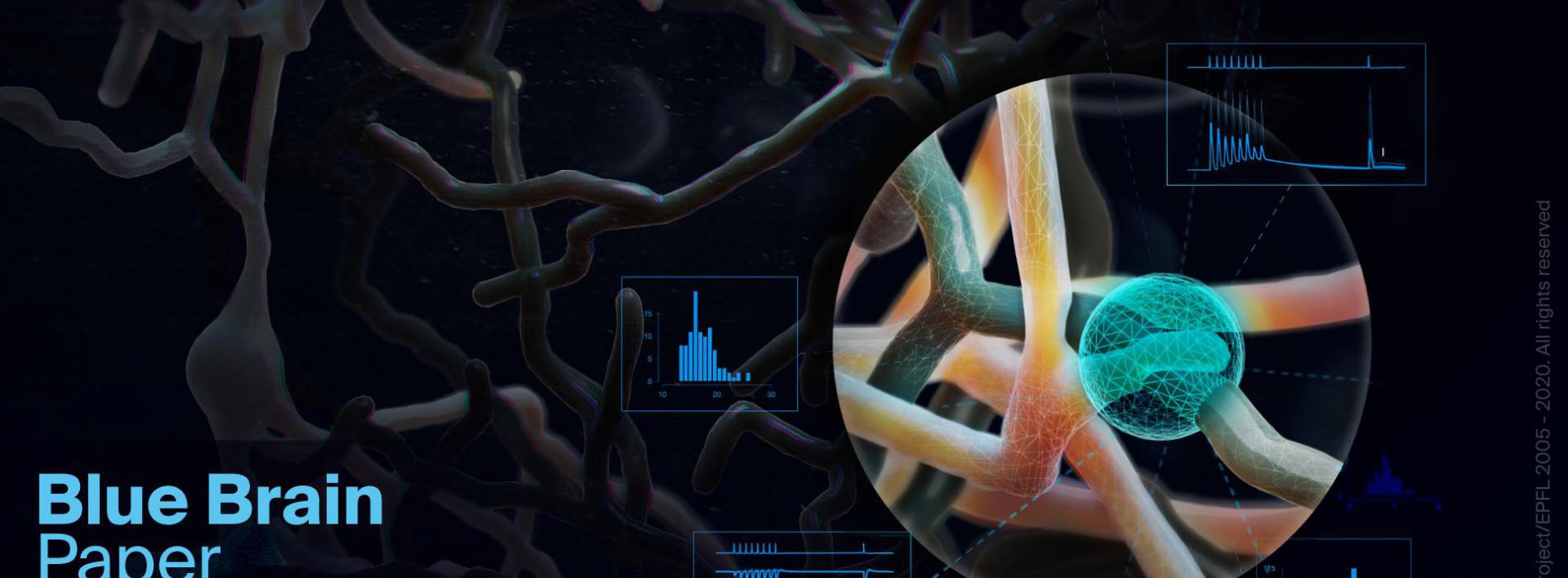
 News
News
A step closer to mapping the rodent brain
The rodent Hippocampal formation is one of the most exhaustively studied regions in the mammalian brain but until now, there has not been a comprehensive knowledge base of its synaptic physiology. In a front cover paper published in the journal Hippocampus, researchers at EPFL’s Blue Brain Project present a data-driven approach to integrate the current knowledge on the hippocampal CA1 region using an open-access, comprehensive resource.
The seahorse-shaped hippocampus is a major component of the mammalian brain, which plays an important role in the consolidation of information from short-term memory to long-term memory, and in spatial memory that enables navigation. The framework presented as a resource in this paper is an important building block towards a detailed, bottom-up model of the mammalian hippocampus. The framework could provide a platform to not only enable the integration of disparate datasets but also catalyse a community-driven consensus of synaptic organization in the hippocampal formation.
The closest cellular and synaptic-level approximation of cortical tissue to date in a model is the Blue Brain Project’s biologically detailed digital reconstruction of rat neocortical microcircuitry (Markram*, Muller*, Ramaswamy*, Reimann* et al. 2015). This computermodel provided the optimal platform for the researchers to demonstrate, that a data-driven workflow grounded in biological first-principles, which was used to build a biologically detailed model of rat neocortical tissue, can be extended to model other brain regions such as the hippocampus.
In this instance, by extending the framework developed for the neocortex to the hippocampus, the method reconciles disparate cellular and synaptic data, extrapolates from the sparse set of experimentally obtained parameters, and predicts knowledge gaps. Therefore, the curated and predicted parameters could serve as a resource to model hippocampal synaptic physiology.
For further information, please visit the following link.